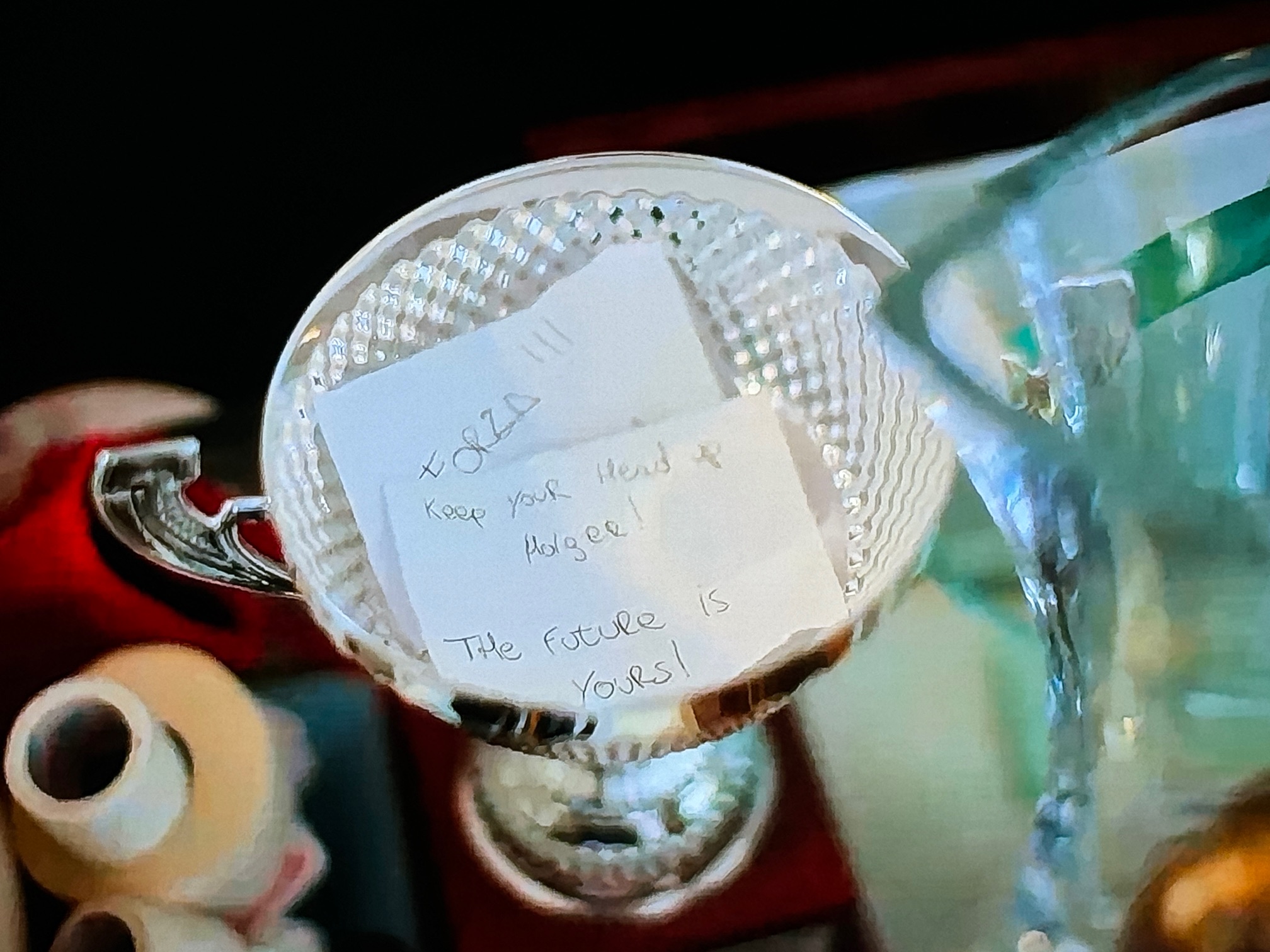Tennis Technology and Training Tuesday
Since I tangentially mentioned the Wilson Triniti tennis ball over the weekend, now seems like the perfect time to discuss this new innovative ball. As I started in on my coverage for today, I stumbled across a great mystery. What is the approval status of the ball?
The Triniti ball is Wilson’s relatively new eco-friendly ball. In fact, the company has trademarked the phrase “A Better Ball for the Planet.” That claim is printed directly on the packaging.
The Triniti balls come in an unpressurized cardboard sleeve rather than a plastic can. That means the packaging is 100% recyclable. This might lead the consumer to believe that the balls are equivalent to unpressurized teaching balls, but that is not the case. The balls themselves are pressurized.
The Triniti ball is constructed with a new “plastomer” core which is apparently impermeable to loss of the pressurized gas. That new core is paired with a new “more flexible felt” for extended ball life. The idea is that balls will stay fresh longer.
I purchased a couple of sleeves of the Triniti balls when they first appeared on the consumer market. I used one sleeve earlier last year to play a practice match and then mixed the balls in with the rest in my ball hopper. Those balls definitely stayed fresher longer than the other balls in the basket. Essentially the felt wore out before the balls lost pressure.
As other reviewers have noted, the ball sounds different when struck by the racquet and when bouncing. It feels slightly heavier to me as well. It was acceptable for the practice match I played and I think that if the Triniti ball was the only brand of ball in use during a drill that it would be fine. However, I could definitely pick out the times when the Triniti balls were put into play when compared with the other balls.
I opened the second sleeve over the weekend for the purpose of taking a more recent look at the ball. Curiously, I took some video trying to capture the acoustic differences between the Triniti and the Penn Extra Duty ball, but discovered that the differences were less perceptible on a relatively cold day. The Triniti ball exhibited slightly higher bounce height than the Penn ball in my drop testing.
The Wilson Triniti packaging indicates that the ball is approved for play by both the ITF and the USTA. However, the ball is not currently listed on the approved ball list for either organization. The strange thing is, that I am 99% sure that the Triniti ball used to be on the ITF list. The Wilson product page currently indicates that the ball is approved.
I received a prompt request to my inquiry on the status of the ball from the Wilson product team. Nothing has changed in the construction of the ball. If the approval has been withdrawn, Wilson was not notified. They suggested I contact the ITF and the USTA for an explanation.
The ball is more expensive than a conventional ball. I think it would make a lot of sense for a coaches hopper or ball machine use due to the increased durability. I also think that the Triniti would be a good choice for casual players who tend to use balls for many months before replacing them. However, the ball is not marketed toward the casual consumer at the moment.
I do recommend that players try out the ball if a suitable opportunity arises. I would be interested in the perspectives and feedback of other players.
- Wilson Sporting Goods, Triniti Tennis Ball Product Page, last viewed 1/3/2021.
- International Tennis Federation, Approved Balls Page, last viewed 1/3/2021.
- United States Tennis Association, 2019 Balls List, last viewed 1/3/2021.



